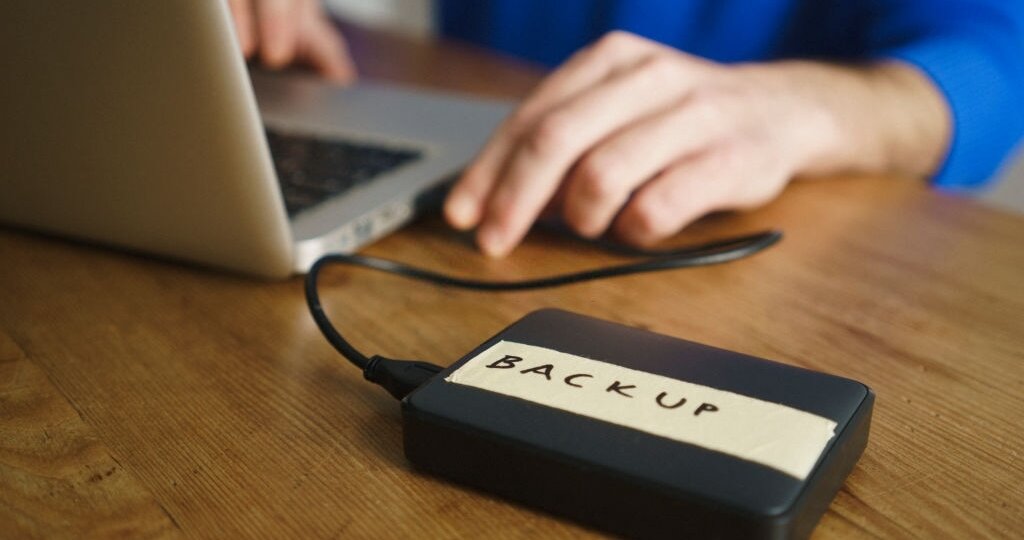

Stardog can be configured to automatically restore databases from a backup location on startup. Restore from Google Cloud Platform (GCP)īackups can also be restored directly from GCP by using an GCP URL in the following format: gs:///?GOOGLE_APPLICATION_CREDENTIALS= Unlike the backup URL the database name must be specified as the last entry of the path field in the URL. To restore a database from its backup: $ stardog-admin db restore $STARDOG_HOME/.backups/myDb/īackups can also be restored directly from S3 by using an S3 URL in the following format: s3://///?region=&AWS_ACCESS_KEY_ID=&AWS_SECRET_ACCESS_KEY= There is no need to specify the name of the database to restore.
#Backup and restore full
The location of the backup should be the full path to the backup, not the location of the backup directory as specified in your Stardog configuration. To restore a Stardog database from a Stardog backup volume, simply pass a fully-qualified path to the volume in question. See GCP documentation for creating Google credentials JSON file.Ī default GCP backup location can also be specified in the stardog.properties file with the key backup.location. Backup to Google Cloud Platform (GCP)įor GCP backups use a URL in the following format: gs:///?GOOGLE_APPLICATION_CREDENTIALS= To use Amazon S3 those values can be left blank and the URL will have three / before the bucket as in: s3:///mybucket/backup/prefix?region=us-east-1&AWS_ACCESS_KEY_ID=accessKey&AWS_SECRET_ACCESS_KEY=secret`Ī default S3 location can also be specified in the stardog.properties file with the key backup.location. The endpoint hostname and endpoint port values are only used for on-premises S3 clones. For S3 backups use a URL in the following format: s3:////?region=&AWS_ACCESS_KEY_ID=&AWS_SECRET_ACCESS_KEY= To perform a remote backup, for example, pass in a specific directory that may be mounted in the current OS namespace via some network protocol, thus: $ stardog-admin db backup -to /my/network/share/stardog-backups foobarĭatabase backups can also be performed directly to S3 or Google Cloud Platform. To backup a Stardog database called foobar: $ stardog-admin db backup foobar a network mount) you can set the backup.location server property in your stardog.properties or pass it to the -to argument in the stardog-admin db backup command. If you need to specify a location outside of $STARDOG_HOME (e.g. Your typical backup directory would have a layout similar to this. Backups are stored in directories by database name and then in date-versioned subdirectories for each backup volume. The stardog-admin db backup command assumes a default location for its output, namely, $STARDOG_HOME/.backup that default may be overridden by setting the server property backup.dir in your stardog.properties file. Backing up the DatabaseĪ database backup saves the contents of a single database along with database metadata including user and role permissions associated with the database. They are native Stardog backups and can only be restored with Stardog tools as explained below.īackups may be accomplished while a database is online backup is performed in a read transaction: reads and writes may continue, but writes performed during the backup are not reflected in the backup.


These commands perform physical backups, including database metadata, rather than logical backups via some RDF serialization. In this section we’ll just be discussing database backups. Stardog provides two different kinds of backup operations: database backups and server backups.


 0 kommentar(er)
0 kommentar(er)
